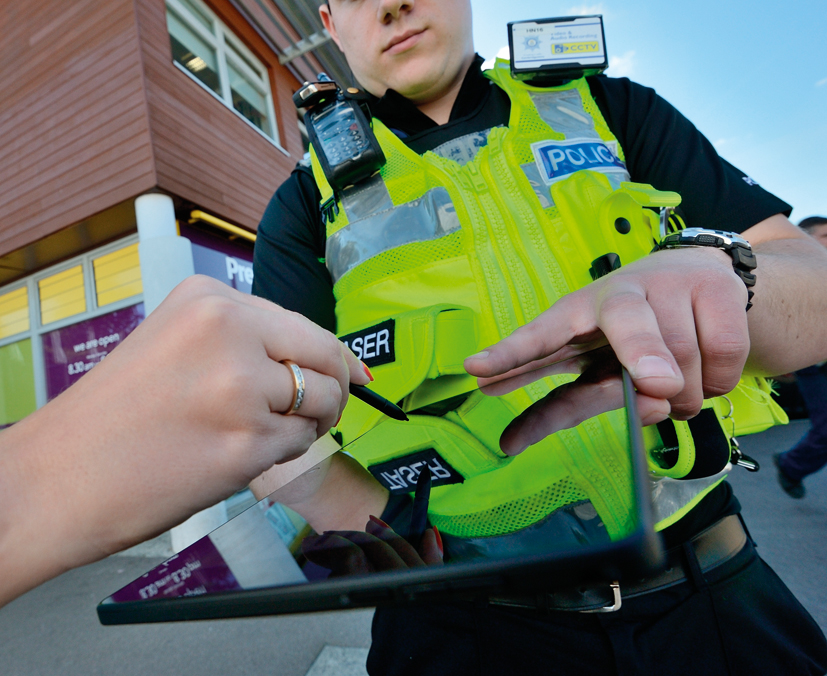Time to think digital
Cloud and mobility solutions are creating a new technology ecosystem that is reshaping both the expectations of communities and the abilities of governments to deliver on those expectations, says the managing director of Microsofts worldwide public safety and justice business.
Cloud and mobility solutions are creating a new technology ecosystem that is reshaping both the expectations of communities and the abilities of governments to deliver on those expectations, says the managing director of Microsofts worldwide public safety and justice business.
Dr Andrew Hawkins said the efficiency, flexibility and scalability provided by virtualisation and cloud computing, with familiar, user-friendly interfaces, enables law enforcement to take advantage of this revolution to meet its growing challenges.
Writing in his recent public safety and defence blog, he said: Mobile solutions, too, are transforming the consumer experience and driving a digital revolution that enables more citizen engagement and efficient delivery of customer services.
Mr Hawkins says this use of technology can help the police and other organisations overcome internal constraints imposed by budgetary, administrative, political, social and technical considerations, which can all have an impact on the way they operate and how they interact with each other and with the citizens they serve.
Automating processes and procedures can help reduce bureaucracy and improve operational efficiencies, said Mr Hawkins. Case management solutions, such as those deployed at Durham Constabulary, are an example of how this can be done with maximum impact on performance and minimum disruption. Frontline policing initiatives in Europe, Africa, and the US are also harnessing mobile and cloud technologies to provide police officers with tools for faster response with more effective evidence and information gathering.
He says criminal justice and law enforcement organisations are increasingly looking towards technology such as mobile, instant communications and case management solutions to improve cooperation between organisations, because todays criminals do not respect domestic or national borders.
Essex Police Chief Constable Stephen Kavanagh, national lead for digital investigation and intelligence, agrees that law enforcement has to think digital.
In the past 20 years, crime has undergone a change more significant and fundamental than weve ever experienced before, he said. Weve always adapted to changing trends in crime but with over 80 per cent of adults in the UK now regularly using the internet it is not just the types of crime that have changed; its the entire world in which we have to fight them.
In his recent blog for the National Police Chiefs Council (NPCC), Mr Kavanagh said crimes on and involving the internet can be just as damaging and life-altering to victims as they would be in the physical world and they are happening and being reported at an ever increasing rate.
As criminals find new and innovative ways to use technology and the internet to commit fraud, exploit children, harass people and buy and sell illegal goods, law enforcement must be just as innovative and technically capable in our efforts to combat it, he said.
In April, the Capabilities Management Group (CMG) was formed, bringing together the NPCC, the Home Office, the College of Policing and the National Crime Agency. It aims to bring digital intelligence and investigation into the mainstream of what the police service does and improve the way the digital age is policed, using a digital intelligence and investigation framework.
It will not only examine the best way to address the threat of cybercrime, but also how policing can embrace new technology and the digital world to improve its service to the public, communicate better, gather evidence and prevent and detect crime.
In the modern world, many crimes will require some form of digital investigation, regardless of whether the crime itself has taken place online, explained Mr Kavanagh.
An officer may need to access a conversation log on social media to find evidence that a violent assault was premeditated, or review footage of a crime that has been uploaded to the internet from a camera phone by a member of the public.
It is no longer enough to jus





